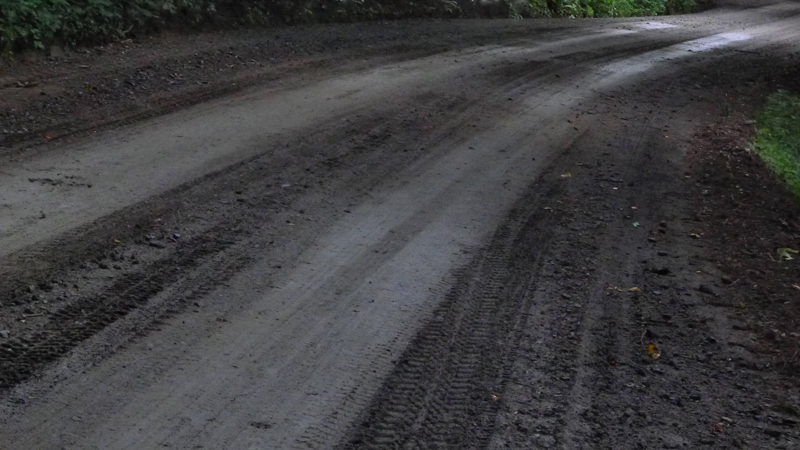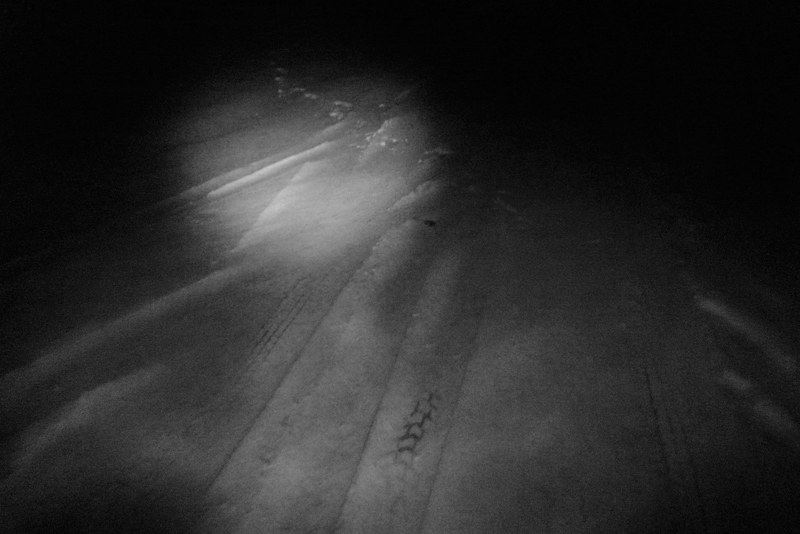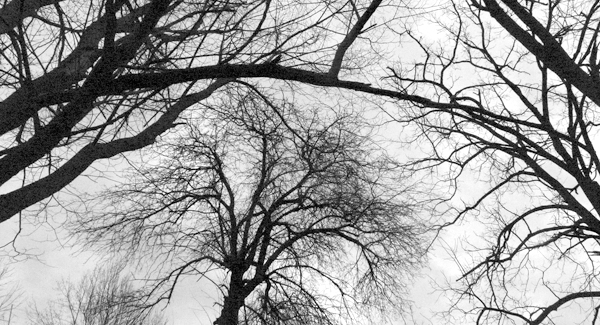
Most days, I walk. Often, I’m in the woods – hiking up to our spring to flush silt from the water pipe and springbox, or to clear brush on the trail to the top of the mountain behind our house. Usually though, I walk the unpaved road that fronts our land – down the driveway and to the right, across the one-lane bridge that links Anderson Branch with Paw Paw Road, stopping usually at Robert and Jane’s driveway. There, I do some stretching, Yoga poses, before heading back along the same route.
It’s not a particularly difficult route – long enough and with enough elevation change to benefit my heart and increase my stamina. I feel better when I’m regular about it. I walk when it's hot and when it's cold. I walk in the wet and in the dry. A morning walk clears my head for the day ahead; in the evening, it flushes my brain of the day just past. In winter, I often walk in the dark with a headlamp, or by the light of the moon.

Mostly, my walk has to do with knowing the place where I live and my own sensory responses to it. It’s the same walk, over and over, although it changes endlessly. The light in the trees, so harsh and brittle in the middle of a summer day, becomes soft and textured during a fall rain. The smell, one moment clean and crisp, the next stagnant and decaying from a dead possum in the ditchline. The feel of the road itself on the soles of my feet – soft and muddy after a downpour, slick with ice or snow, dusty in a dry spell, rough when freshly scraped and graveled. The sounds – an occasional vehicle, a distant chainsaw, the sharp crack of a rifle during deer season, an airplane high above are the only man-made punctuations to the sounds that never change – the wind in the trees, the flow of the creek, the birds overhead, the same sounds heard for millennia by people who always walked and intimately knew the place.


